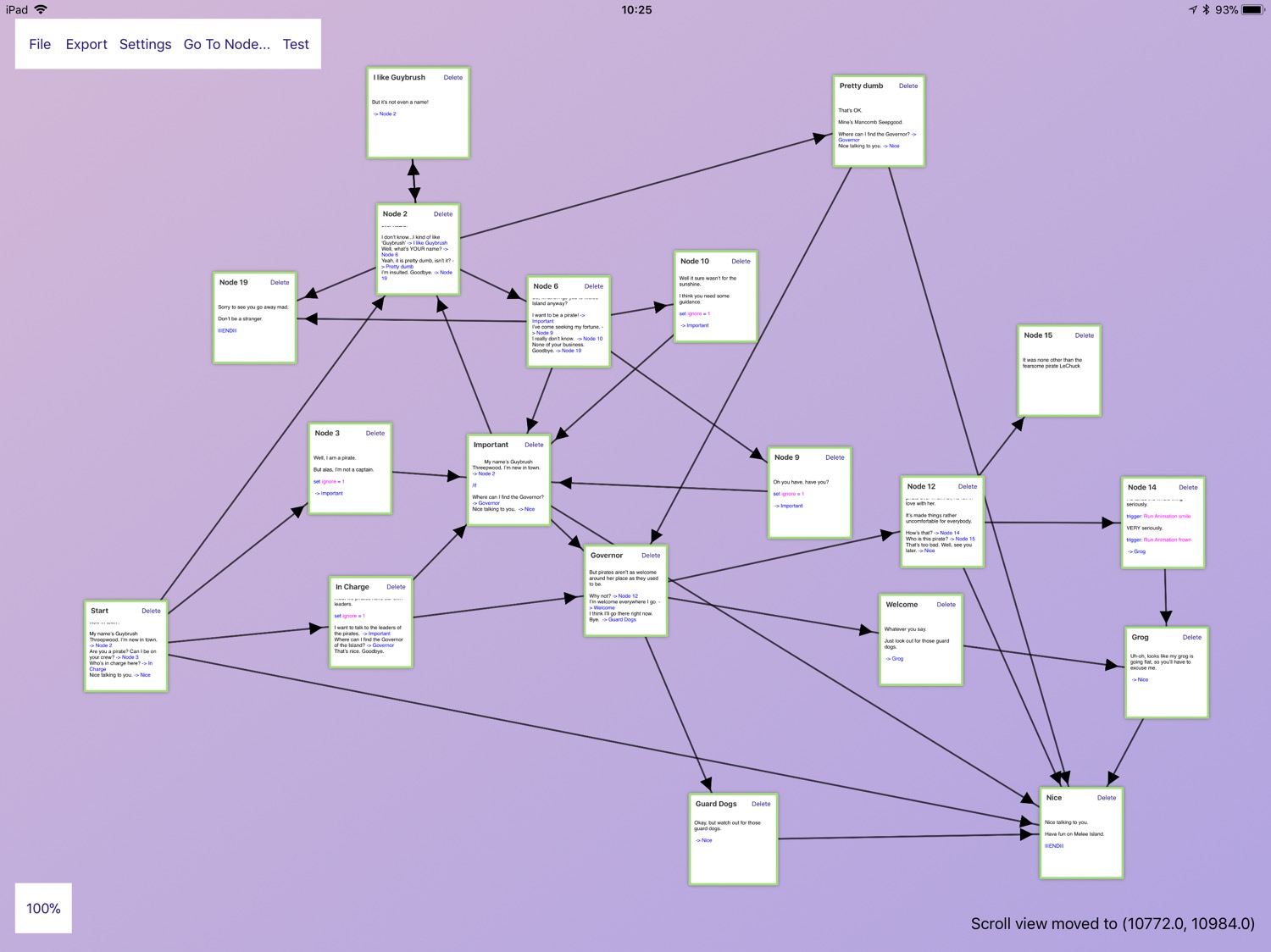Having decided that I’m building a 2D adventure game engine, it’s time to give it a name and figure out what I want out of it.
The Name
Following in the grand tradition of Apple frameworks, I’m calling it AdventureKit.
Whew. That’s enough for today, I think. Time for a beer…





